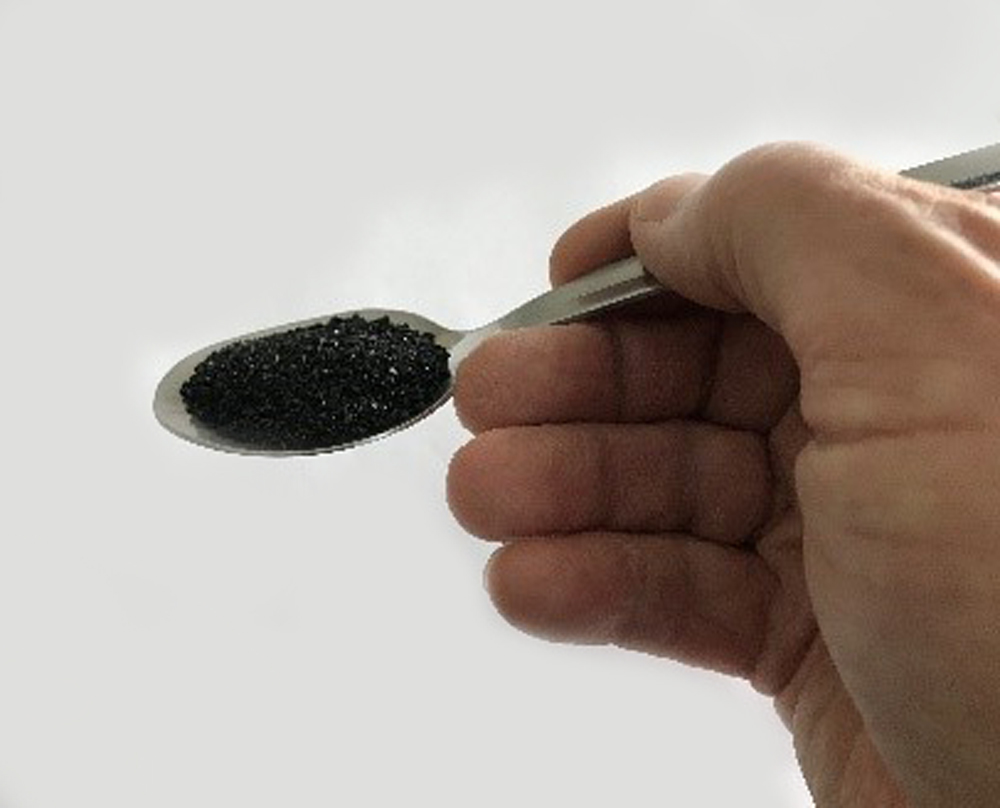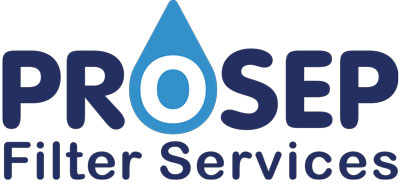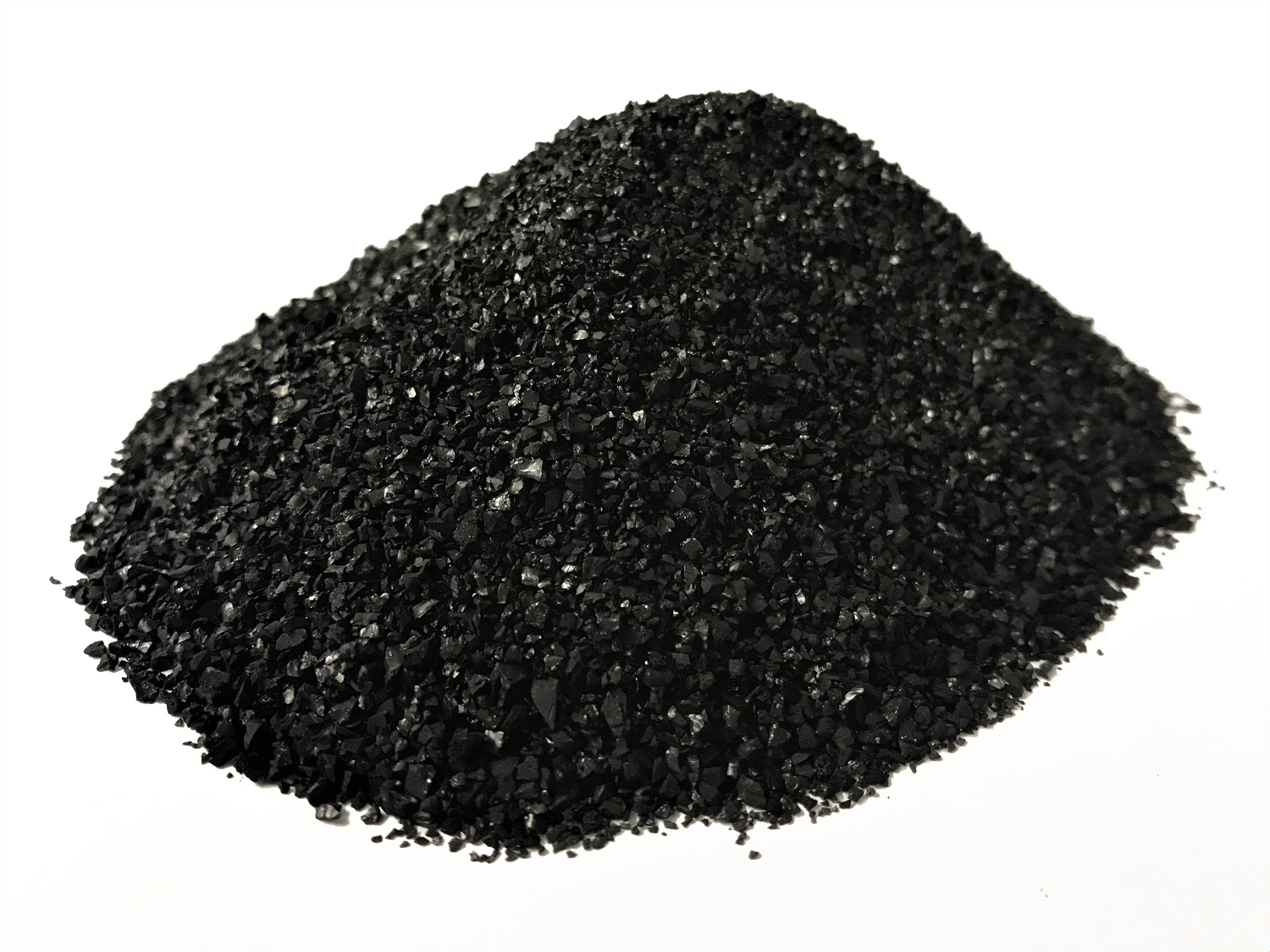
Carbon Water Treatment
Carbon is used to absorb impurities from water. It is particularly good at removing chlorine, taste, odour and colour.
Carbon will adsorb typically up to 25% of its own weight of contaminants.
Uses
-
Chlorine
-
Hydrogen Sulphide
-
Colour
-
Taste
-
Odour
-
Organics
-
VOC (Volatile organic compounds)
-
THM (Tri Halo Methane)

Carbon is specifically designed for water filtration to reduce various contaminants in your water supply effectively. It comes in different forms, including coal-based, coconut shell-based, and even bone char (unsuitable for vegans).
Types of Carbon:
- Activated Carbon (Coal-Based): This option suits general or mains water.
- Activated Carbon (Coconut-Based): In contrast, this type offers higher efficiency for filtration.
- Catalytic Carbon: this carbon effectively removes hydrogen sulfide, eliminating that unpleasant rotten egg smell.
- Silver Impregnated Carbon: Additionally, this variety provides antibacterial properties to prevent bacterial growth.
- Bone Char Carbon: Lastly, this type targets heavy metals, such as lead, nickel, and aluminium, while reducing colour.
Typically, carbon units include a backwashing valve, which is crucial for maintaining performance. Specifically, water can create channels in the carbon bed, allowing it to pass through quickly and preventing complete adsorption. This means the bed lifts and resettles by reversing the flow rate, effectively closing any channels. Moreover, introducing air during the backwash cycle helps release trapped odours, significantly enhancing the carbon’s capacity.
Consequently, you must change the media bed once the carbon reaches capacity.
Below is our Carbon Media.

